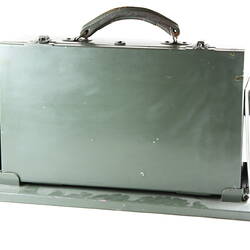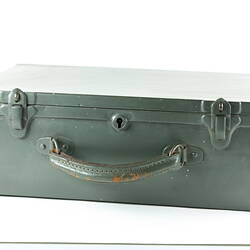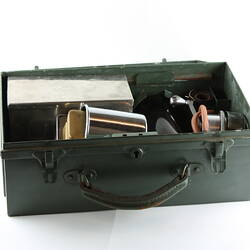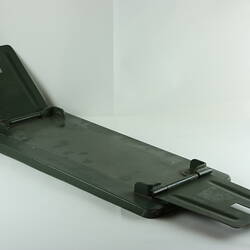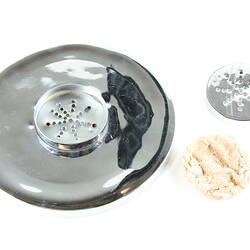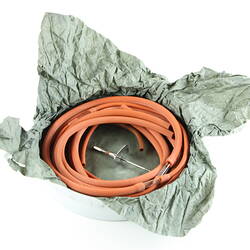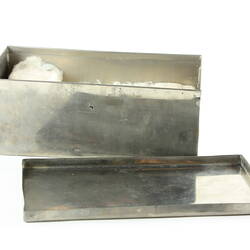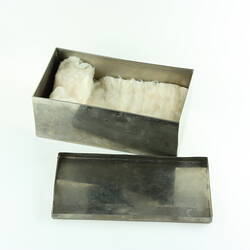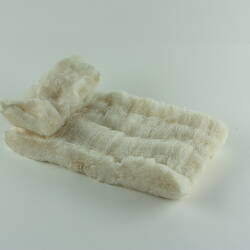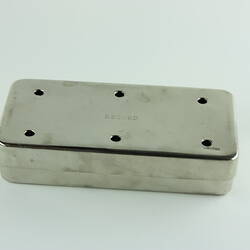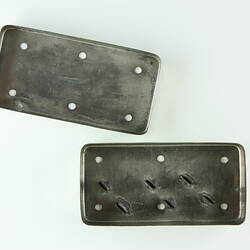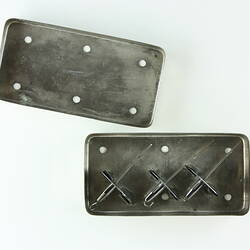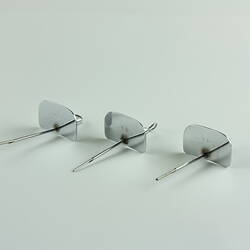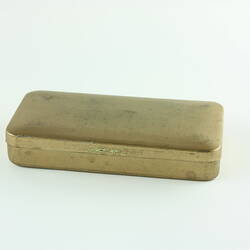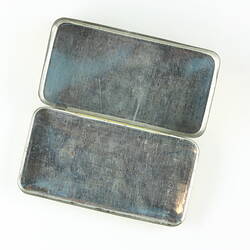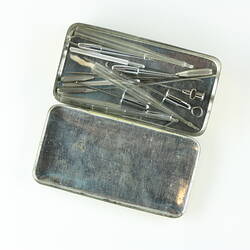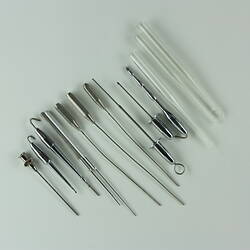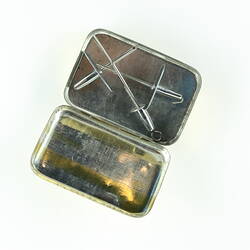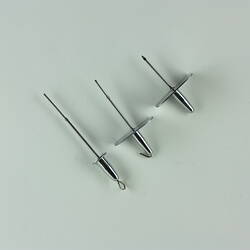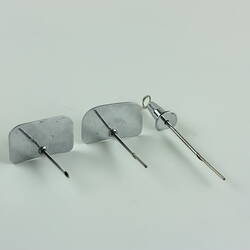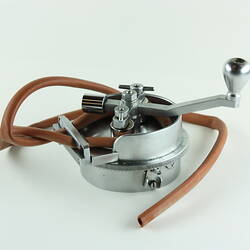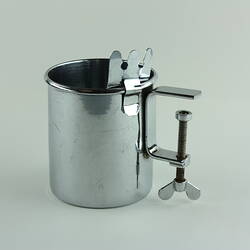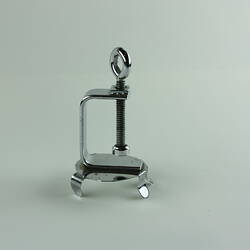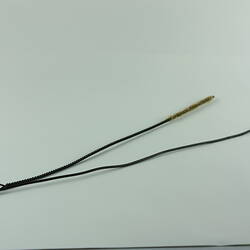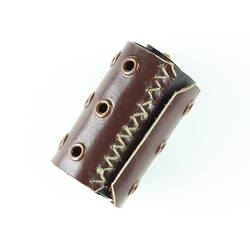Summary
Julian Smith Rotary Blood Pump was developed by Melbourne general surgeon Dr Julian Augustus Smith (1873-1947). Dr Smith was a founding member of St Vincent's Hospital and a foundation Fellow of the (Royal) Australasian College of Surgeons.
Following his retirement from medicine in 1936, Dr Smith returned to his medical career at the outbreak of World War II, taking up the practice of his two sons, also doctors, who had enlisted. Pursuing his interest in haematology, Dr Smith developed the first pump to enable successful direct (donor to recipient) blood transfusion. A needle connected to a rubber tube was inserted into the vein of the donor and a needle at the other end of the tube was inserted into the vein of the recipient. The tube was fed through the rotary pump, and by turning the handle of the pump, blood was withdrawn from the donor's vein and pumped into the vein of the recipient.
This particular pump was made by a Mr John Maclean in Victoria and used by Victorian Red Cross Blood Transfusion Service technologist Mr Nick Gottschalk in Traralgon during the 1940s.
Physical Description
Kit consists of a number of pieces of equipment contained within a khaki green metal case. The case is clipped to a khaki green metal base/stand. The equipment contained within the case includes the metal rotary pump with a piece of orange rubber tubing fed through it, a brown glass bottle with a black plastic lid that would once have held citrate (an anti-coagulant), a metal beaker in which the citrate bottle was secured, two metal clamps, two rubber tube cleaning brushes, a canister containing additional rubber tubing and a cannula, a small tin box containing gauze, a second small tin box with six holes in the lid containing an assortment of needles, trocars and three glass sheaths, a third small gold-coloured tin box containing three cannulae, and a leather and rubber tourniquet.
Significance
The Julian Smith Rotary Pump is an excellent example of Victorian medical innovation and manufacturing that dramatically improved the outcomes for surgical patients worldwide. It also played a significant role in the improvement in prognosis for soldiers wounded in battle during World War II.
More Information
-
Collecting Areas
-
Acquisition Information
Donation from Dr Patrick J. Coghlan - Australian Red Cross Blood Service Victoria, 12 Feb 2013
-
Creator
-
User
Mr Nick Gottschalk - Australian Red Cross Blood Service Victoria, Traralgon, Latrobe Valley, Gippsland, Victoria, Australia, circa 1940s
-
Author
Mr Matthew Klugman - University of Melbourne, Melbourne, Victoria, Australia, 2004
-
Past Owner & User
Australian Red Cross Blood Service, Melbourne, Victoria, Australia, circa 1940s
-
Inscriptions
Rotary pump (numbering): '1, 2, 3...' (numbering continues) Small tin box with six holes in the lid (text): 'RECORD/ LIMITED'.
-
Classification
-
Category
-
Discipline
-
Type of item
-
Overall Dimensions
46 cm (Length), 20.5 cm (Width), 24.5 cm (Height)
-
References
[Link 1] [Link 2] [Link 3] [Link 4] [Link 5]
[Book] Klugman, Matthew. 2004. Blood Matters: A Social History of The Victorian Red Cross Blood Transfusion Service.
[Book] McLean, John. 1969. Direct Blood Transfusion.
-
Keywords
Hospitals, Hospital & Medical Equipment, Blood Donating, Blood Banks, Medical Apparatus & Instruments, Medical Equipment, Wars & Conflicts, World War II, 1939-1945, Pumps, Needles

